
AGES, CLASS SIZE AND SCHOOL HOURS
Grade 1
6 years old by September 1
Grade 2
7 years old by September 1
Grade 1 – 2 up to 20 students per class
Grade 3
8 years old by September 1
Grade 4
9 years old by September 1
Grade 5
10 years old by September 1
Grade 3 – 5 up to 22 students per class
Grade 1 – 5 School Hours
8:00 am – 2:45 pm
After School Activities
2:45 pm – 3:45 pm
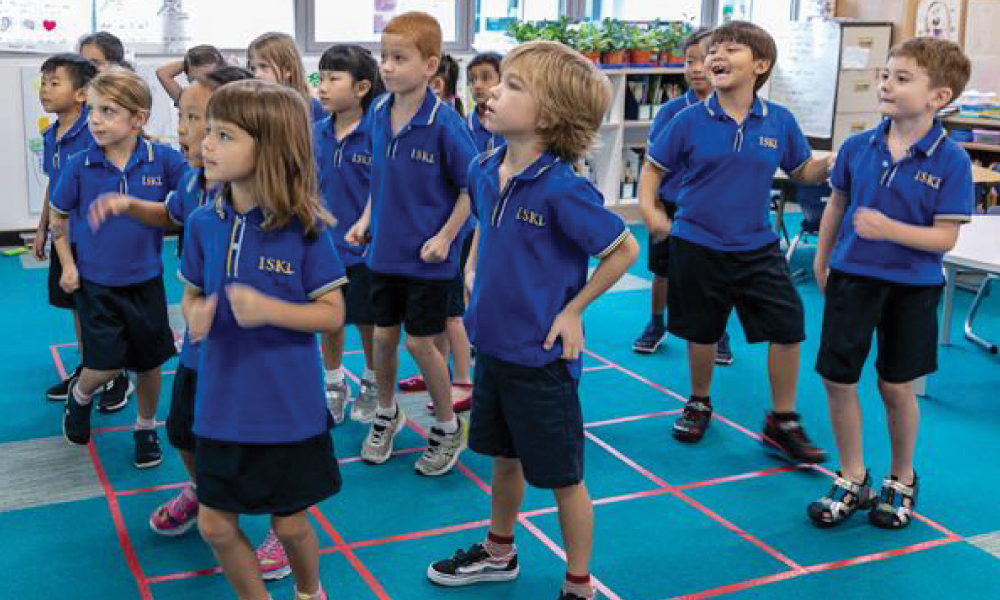
Students participate in a balance of shared, interactive guided, and independent practices around reading. They learn decoding and comprehension strategies according to their individual rate of development. Students learn reading strategies to improve their oral fluency, accuracy, and comprehension of written and multimedia texts. In writing workshops, students are guided through the writing process: generating ideas, drafting and nurturing those ideas, editing and revising their work, and finally publishing their writing.
Instructional time focuses on four critical areas: developing understanding of addition, subtraction, and addition and subtraction strategies within 20; developing understanding of whole number relationships and place value, including grouping in tens and ones; developing understanding of linear measurement and measuring lengths as iterating length units; and reasoning about attributes of, and composing and decomposing geometric shapes.
Students take on the role as marine scientists to answer questions about how a sea turtle and her offspring can survive in the ocean, particularly since sharks live in the area. Students make physical models and write explanations to show what they learn about the structure and function of animal defenses. Students also explore light and sound through their role as light and sound engineers. They figure out cause-and-effect patterns related to light, shadows, and sound by conducting hands-on investigations and reading science books.
Our students learn about the various cycles that occur in nature, and specifically study weather as a cycle and how it affects us. In life sciences, students will make observations and record their findings as they learn about the needs of living things and understand the importance of environmental care.
Students are introduced to routines and learn the Melawati Way, and understand the school-wide learning results. Students also learn about wants and needs, where different foods come from, and how they are produced and marketed.
In Grade 2, students are engaged in reading through a workshop model where they are asked to continually practice and build on their comprehension skills through poetry, narrative, opinion, and informational texts. Additionally, they work together to do research connected to their scientific units.
Grade 2 instructional time focuses on four critical areas: extending understanding of base-ten notation; building fluency with addition and subtraction; using standard units of measure; describing and analyzing shapes. By the end of the grade, students are expected to fluently add and subtract within 20 using mental strategies and to know from memory all sums of two one-digit numbers.
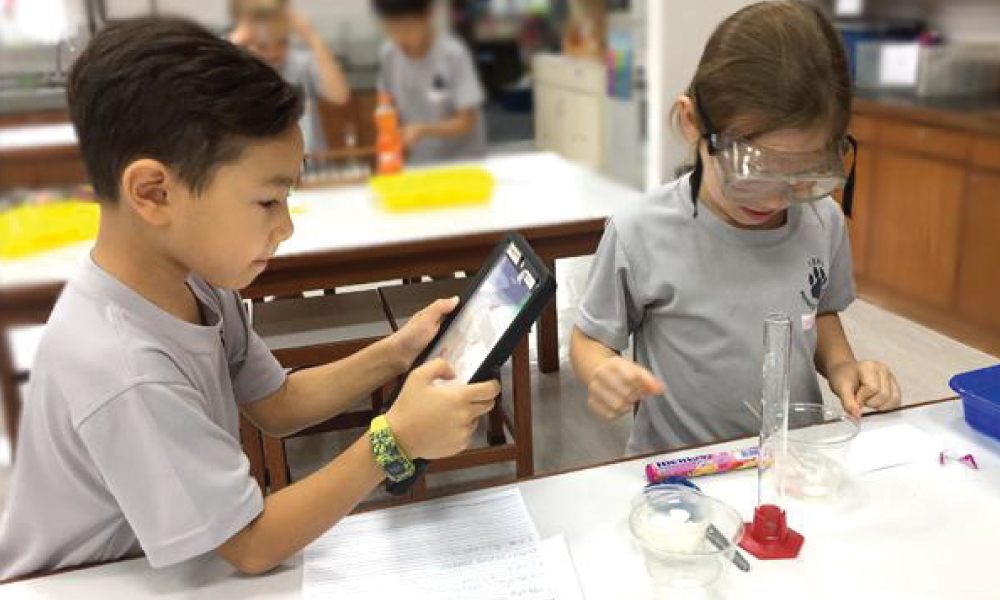
Students investigate an authentic mystery that occurred in a broadleaf forest habitat in northeastern India. They plan and conduct investigations to figure out what plants need to grow and ways that many plants rely on animals to disperse their seeds. They also take on the role of glue engineers and design and test glue as they figure out cause-and-effect relationships related to heating and cooling materials, and find patterns in the properties of substances and mixtures.
Students are taught about the rights and responsibilities of community members in Grade 2. Problem-solving skills are developed as students work as a class to create their own planned community.
In Grade 3, students develop ideas about characters and nonfiction stories while supporting their thinking with details from their texts. In workshops, students will build on their reading skills and start to think about how they can transfer an author’s craft around details, dialogue, actions, inner thinking and literary language to their own narrative, persuasive, information, and poetry writing.
Grade 3 students focus on developing an understanding of multiplication and division within 100, fractions, the structure of rectangular arrays and of an area. They will also learn to describe and analyze two-dimensional shapes.
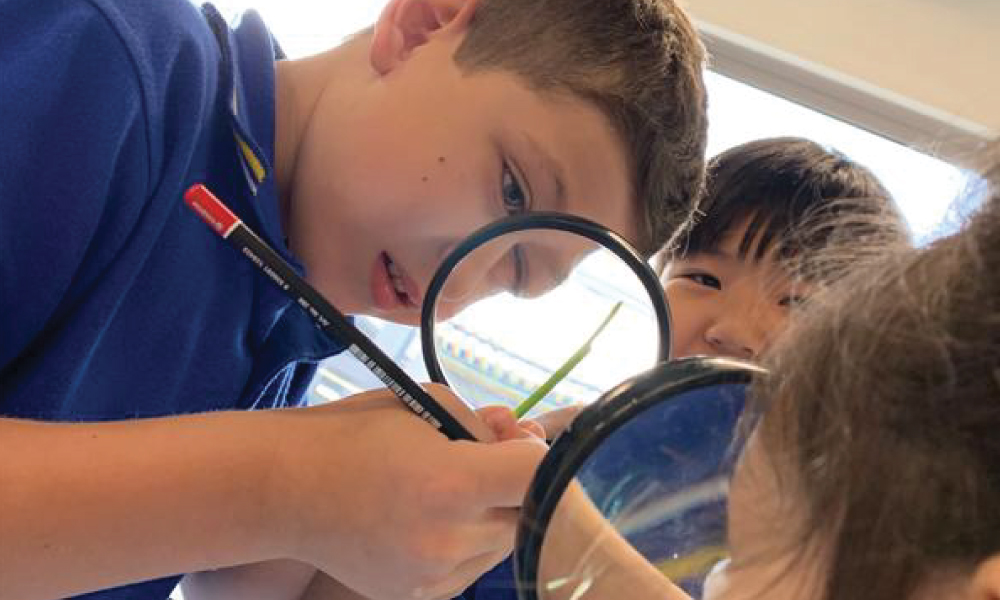
Students work to explain how a floating train works. They discover ideas about magnetic force, gravity, and how forces can cause an object’s movement to change or stay stable. In the role of meteorologists, students investigate weather and climate patterns in order to make scientific arguments about where to establish an orangutan reserve. They use mathematical thinking to find patterns in weather data, and consider scale, proportion, and quantity as they learn to make reliable measurements of weather.
Students study maps, globes and how they represent the world as they begin to connect the geography of an area to people’s lifestyles.
In Grade 4, students read quality narrative and informational texts, while working towards solidifying reading strategies to build independence in their skills around fluency, comprehension, and accuracy. The connection between reading and writing is drawn upon as students use planning and prewriting strategies to develop their writing through self-reflection, peer, and teacher conferencing.
Grade 4 focuses on developing an understanding and fluency with multi-digit multiplication and dividing to find quotients involving multi-digit dividends alongside addition, subtraction and multiplication of fractions by whole numbers. Additionally, students will learn to analyze and classify geometric figures based on their properties.
Students take on the role of systems engineers for a fictional town that experiences frequent blackouts, and explore reasons why an electrical system may fail. They define engineering problems related to the town’s electrical system and design wind turbines using what they have learned about energy and matter. In the role of geologists, students investigate a fossil and the geologic history of the area where the fossil was found. They analyze rock layers to draw conclusions about times of stability and times of change in the environments of a particular place.
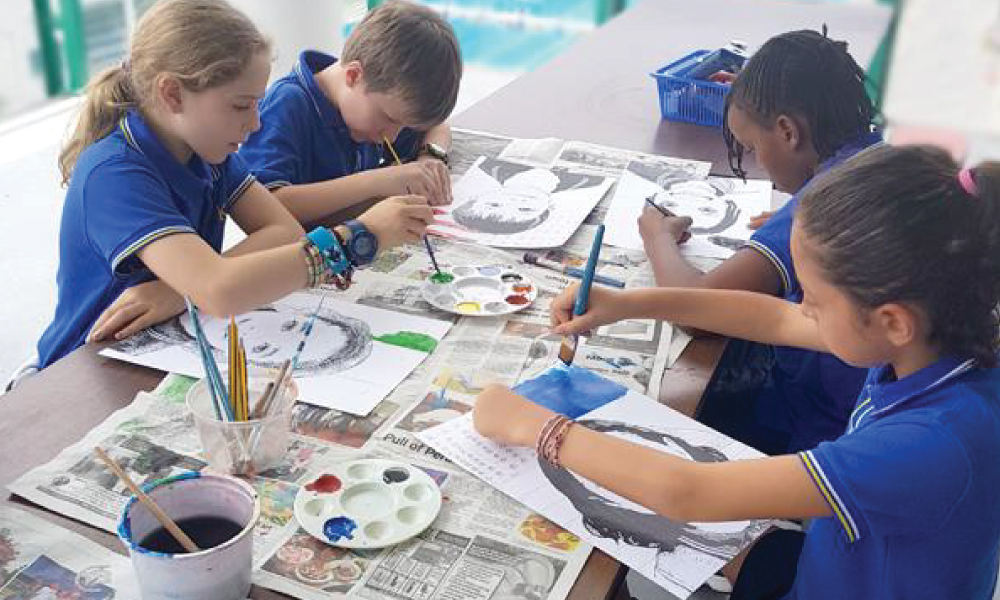
Students start the year learning about different belief systems to develop an understanding of other cultures and belief systems as global citizens.
In Grade 5, students continue to read narrative and informational texts building complex theories about their characters and main topics. In narrative texts, they work to develop a strong understanding of how a theme is developed within and across texts, studying both realistic fiction and fantasy novels. With regard to information texts, students use their knowledge of text features and text structure to extract useful information, distinguish fact from opinion and begin to develop their own arguments outside of the author’s point of view.
Grade 5 focuses on three critical areas: developing fluency whole number operations and with addition and subtraction of fractions and developing understanding of the multiplication and of division of fractions; developing understanding of operations with decimals to hundredths; and developing understanding of volume.
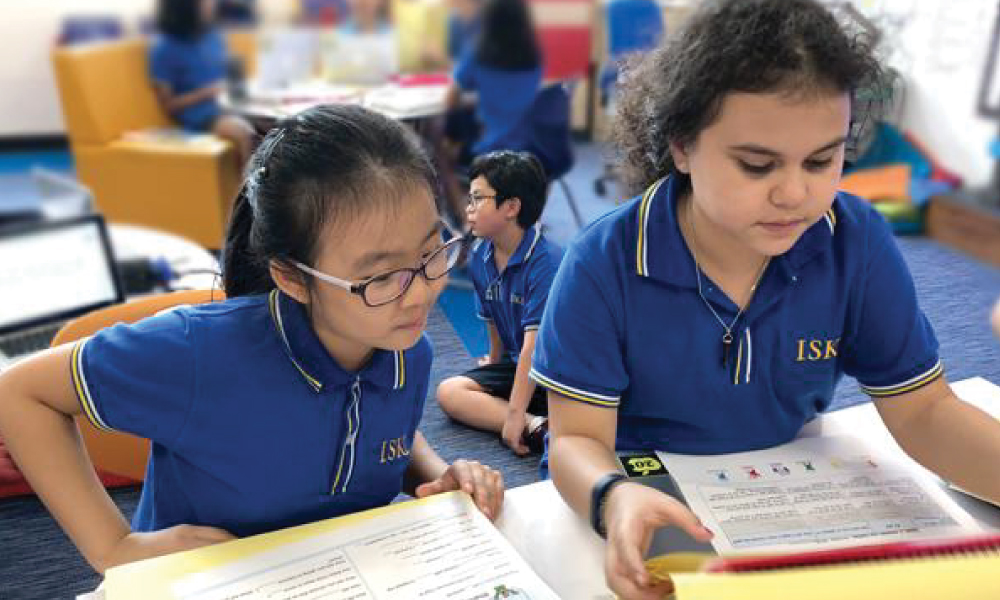
In the role of food scientists, students engage in hands-on investigations and use physical and digital models to gather evidence about mixtures at the observable scale and at the scale of molecules. They develop visual models and write explanations about mixtures, including whether they are likely to change or remain stable. In the role of water resource engineers, students investigate what makes a city on one side an island, prone to water shortages while a city on the other side is not. Students use books, hands-on investigations, and a simulation and modeling tool to figure out how water is distributed within the hydrosphere, how water moves between the hydrosphere and the atmosphere to cause rain, how the geosphere can interact with the hydrosphere and atmosphere to create patterns of rain, and how life forms in the biosphere depend on the hydrosphere. Students also design freshwater collection systems and iterate on their designs throughout the unit
Through the lens of the Declaration of Human Rights and the UN Sustainable Development Goals (SDGs), students explore social issues and change makers. They reflect on systems that allow or hinder social change. Students develop an understanding of how they can make a difference. Students develop and communicate actions that aim to respond and solve an SDG. Students explore personal identity, family, culture, and Malaysia, our host country, and learn about the festivals and traditions of the different cultures in Malaysia as they celebrate them throughout the year.
Important notes:
This information is subject to change. Please contact us at [email protected] for the latest information.

No. 2, Lorong Kelab Polo Di Raja, Ampang Hilir, 55000 Kuala Lumpur, Wilayah Persekutuan Kuala Lumpur
Tel : + 603 4813-5000 | Fax: + 603 4813-5100 | Email: [email protected]
Copyright © 2024. The International School of Kuala Lumpur. All Rights Reserved
Latest update: October 26